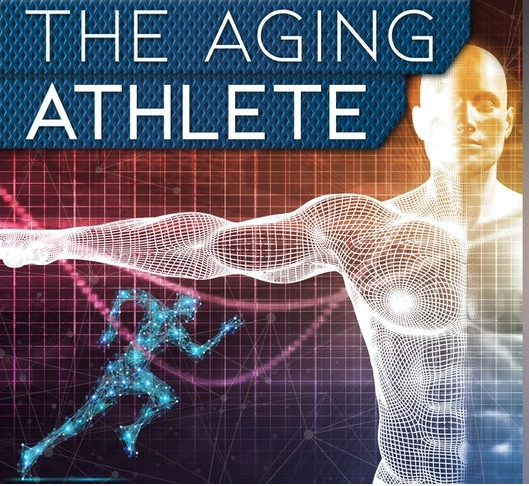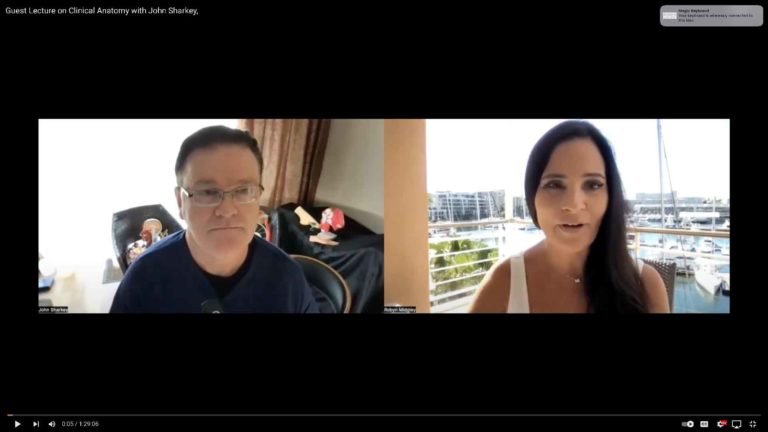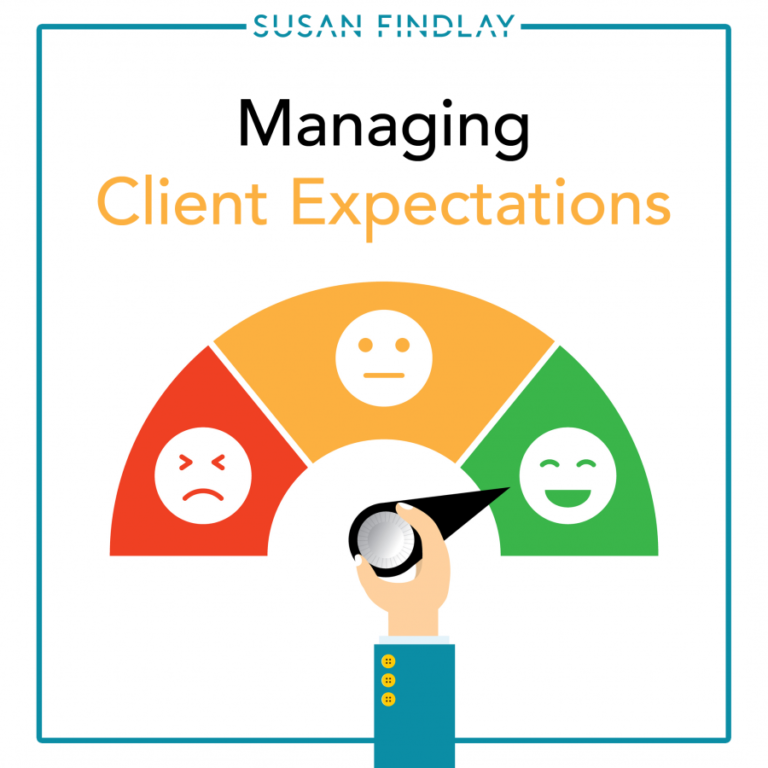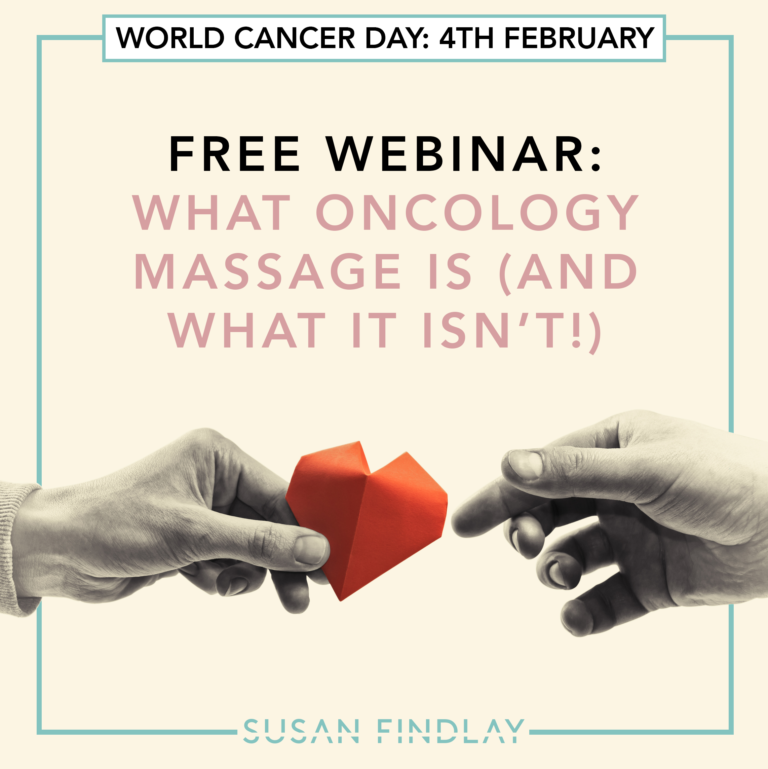Understanding Complementary Therapies
The words complementary therapies sometimes get confused with alternative therapies – non-evidence-based treatments that have questionable results. Alternative therapies are often touted as alternatives to conventional medical treatment – for example, someone would use an alternative medicine rather than taking paracetamol.
On the other hand, complementary therapies are designed to complement conventional medical treatment! That is where the name comes from – rather than trying to replace medicine, complementary therapies enhance it and work alongside it.
The list of complementary therapies is very broad, and includes:
- Acupuncture
- Aromatherapy
- Ayurvedic medicine
- Bowen technique
- Homoeopathy
- Hypnotherapy
- Massage
- Meditation
- Mindfulness
- Nutritional therapy
- Reflexology
- Reiki
- Traditional Chinese medicine (TCM)
- Talking therapies
- Western herbal medicine
- Yoga
The Many Benefits of Complementary Therapies
Complementary therapies have a huge range of uses, spanning practically the entire medical field. People who benefit from them include those going through serious surgical procedures, cancer treatment, chronic conditions, musculoskeletal problems, and mental health issues.
While complementary therapies are very helpful for those with severe medical conditions, their benefits don’t stop there. They can also help your clients who are lucky enough to not suffer with any serious complaints.
We often hear the phrase a picture of perfect health. Think for a moment – is anyone’s health absolutely perfect? There is usually something that could be improved, be it diet, fitness, or mental wellbeing. So, that’s where complementary therapies come into their own!
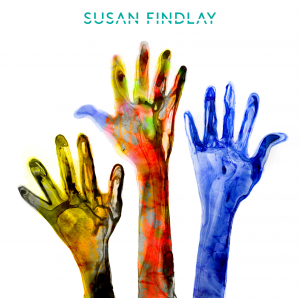
As massage therapists, we need to be aware of the limitations of our own practice. We aren’t magicians, and we certainly can’t cure every single ailment that we come across. We also need to prioritise our own client’s wellbeing over anything else. Yes, that means that if you think that a client would benefit from being referred on, don’t be afraid to do so.
I personally have a network of practitioners that I will refer clients to if my training and experience tells me it’s what’s best for them. For example, if I’m seeing a client who is presenting with lower back pain, I might refer them to a pilates instructor to build up their core strength while I’m addressing any musculoskeletal issues they might have. If I have a client who is struggling with weight-related pain issues, I may refer them to a dietician or nutritionist.
Complementary therapies work best as a team – where massage can’t address an issue, I can refer my clients to someone who will be able to treat another specific issue that they are facing. A whole-body approach to treatment and wellbeing has significantly more benefits than trying to target everything through one modality.
Now, this doesn’t mean you need to turn up to your massage appointments ready to delve into each and every part of their lives! You don’t need to pry or overextend your questioning. One of the most important components of massage therapy is non-physical – it’s in the communication you have with your client. I’d encourage you to keep actively listening (an essential skill in itself) throughout the entire session.
Our clients don’t always view their own health holistically – that’s our job. So, something they might mention innocuously could be a vital piece to the puzzle. Have they changed jobs and are complaining of back pain? Did they just tell you about an old injury they thought had resolved itself? Did they just mention something that’s happened in their personal life?

How Referring On Can Help Your Business
Now, you might be thinking “surely this will hurt my business.” But, if your client would benefit more from seeing a physiotherapist or reflexologist, then that’s what should happen. That being said, most of my clients I refer on will return and continue to see me. Massage can be a complementary therapy to other treatments, and don’t forget, people enjoy being massaged!
Additionally, when you place your client’s wellbeing at the forefront of your focus you’d be amazed at what happens to your reputation. Word-of-mouth is the most powerful marketing tool there is – we’re much more inclined to believe people we know than an advert. So, when your clients are getting measurable outcomes ultimately resulting from you they’ll be sure to promote your business to people they know, making a perfect circle. One must sometimes refer on to be referred on to!
The New Normal
The use of complementary therapies is on the rise, and more doctors are recommending that their clients make use of massage therapy alongside their treatment. An integrative approach, especially with conditions like cancer, can help to manage negative side effects from treatment.
Complementary therapies such as massage can also promote greater mental wellbeing, helping clients to sleep better, relax, and release tension. They help to bridge the gap with conventional medicine, and incorporate a holistic approach rather than focusing on treating just one part of the body.
We live in the age of modern medicine. If we amalgamate complementary therapies into our lives, we have the potential to achieve the highest healthcare standard in history, reduce the burden on healthcare services, and most importantly, promote client wellness!
Not joined up yet?
There’s plenty of reasons to join the LCSP Register
Insurance Partners
Our dedicated team can tailor individual policies to suit your specific needs
Workshops
Keep your skills up to date with CPD Workshops and courses
Business Support
Advice tailored to working in the private sector
Find a Therapist
Our directory of therapists searchable by the general public
Welfare Officer
Supporting members who may have situations of difficulty where they need assistance, guidance or reassurance.

